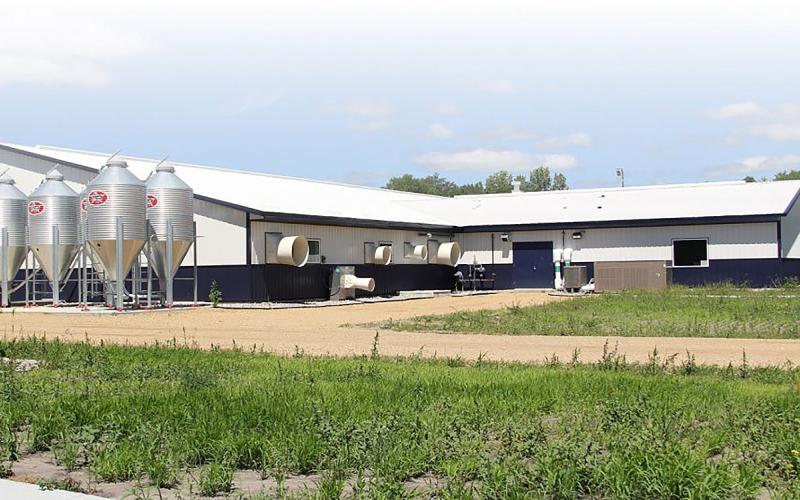The term “One Health” has been coined to describe the concept that the health of people, animals and their environment are inextricably linked. The most commonly considered examples of One Health in practice are zoonotic diseases—diseases that can pass from animals to people. For pork producers, influenza strains that originate in pigs, but pass to people are a pertinent example. There are however, many other ways to look at the connections between people, animals, and the environment.
One of these connections was featured at the most recent One Health South Dakota seminar, held this past September in Sioux Falls. These semiannual seminars bring together people involved in human medicine, public health, veterinary medicine, and animal production around a common One Health topic of interest.
The One Health issue discussed at this meeting was that of antibiotic use in people and animals, along with efforts to preserve the usefulness of these tools. The emergence of bacteria resistant to front-line antibiotics in human medicine has shone a spotlight on antibiotic use in human as well as veterinary medicine. The issue has been contentious at times, with finger-pointing at livestock uses of antibiotics (usually by those not involved in animal agriculture) as well as at physician prescribing practices (usually by those involved in animal agriculture).
Attendees at the One Health South Dakota meeting – which were split almost evenly between people involved in animal health and human health – learned that there are many nuances to the uses of antibiotics, whether they’re prescribed for a child in an acute care clinic, or for a finisher barn full of hogs. The goal of the meeting was for people unfamiliar with antibiotic use and stewardship in either human or veterinary medicine to learn about the challenges faced by practitioners on the “other side of the aisle.”
According to meeting evaluation comments, some of the things that people working in human and public health learned about antibiotic use in animal agriculture included:
- To obtain and use antibiotics in food animals, producers and their veterinarians work in an FDA-regulated atmosphere that features prescriptions and feed directives written by veterinarians with knowledge of the animals. These regulations also include meat and milk withdrawal time requirements following treatment.
- Proper uses of antibiotics in animals include not only treatment, but also control and prevention of bacterial diseases. This includes metaphylaxis, a concept unique to veterinary medicine.
- Animal agriculturalists are working to learn more about how the resistance of animal pathogens is affected by antibiotic use, and about the patterns of antibiotic use in animal operations. Dr. Joel Nerem of Pipestone Veterinary Services presented a pork-centric example of this work through their PART (Pipestone Antibiotic Resistance Tracker) work and other research efforts.
- Animal agriculturalists work to decrease the pressure from bacterial diseases in their animals, and therefore antibiotic use, through management practices that include optimal housing, vaccination programs, biosecurity, and all in-all out production, to name several.
On the other hand, some of the things livestock producers and animal health practitioners learned about the uses of antibiotics in people included:
- Antibiotic stewardship programs are on board in essentially all healthcare systems, including hospitals, community care, and long-term care.
- The focus of most of these programs is on the reduction of improper applications of antibiotics, thereby reducing overall antibiotic use.
- Most of the antibiotic-resistant bacteria of most concern to human medicine (carbapenem-resistant Enterobacteriaciae, drug resistant gonorrhea) are not animal related.
- Physicians and other healthcare providers commonly find themselves under pressure from patients and other external factors when making the decision to prescribe antibiotics.
- Work is also occurring to understand the effects of antibiotic use on the human microbiome. There’s evidence that a relatively short course of antibiotics can affect the gut microbiome for months to come.
Attendees agreed that antibiotics are important tools to preserve for the future, in people and animals alike. Understanding the challenges faced by all who use these tools is the first step in working together towards that goal. One Health efforts such as the South Dakota seminar, are one way to enhance that understanding.
Many states have similar One Health programs such as the one described here. Pork producers should seek out those local opportunities to help others understand issues like antibiotic use. National entities such as the CDC and USDA have One Health programs that seek a greater understanding of these issues, also.
For the speaker lineup and presentations from the One Health South Dakota antibiotic use meeting, visit the South Dakota One Health “Meeting Archives” website.
